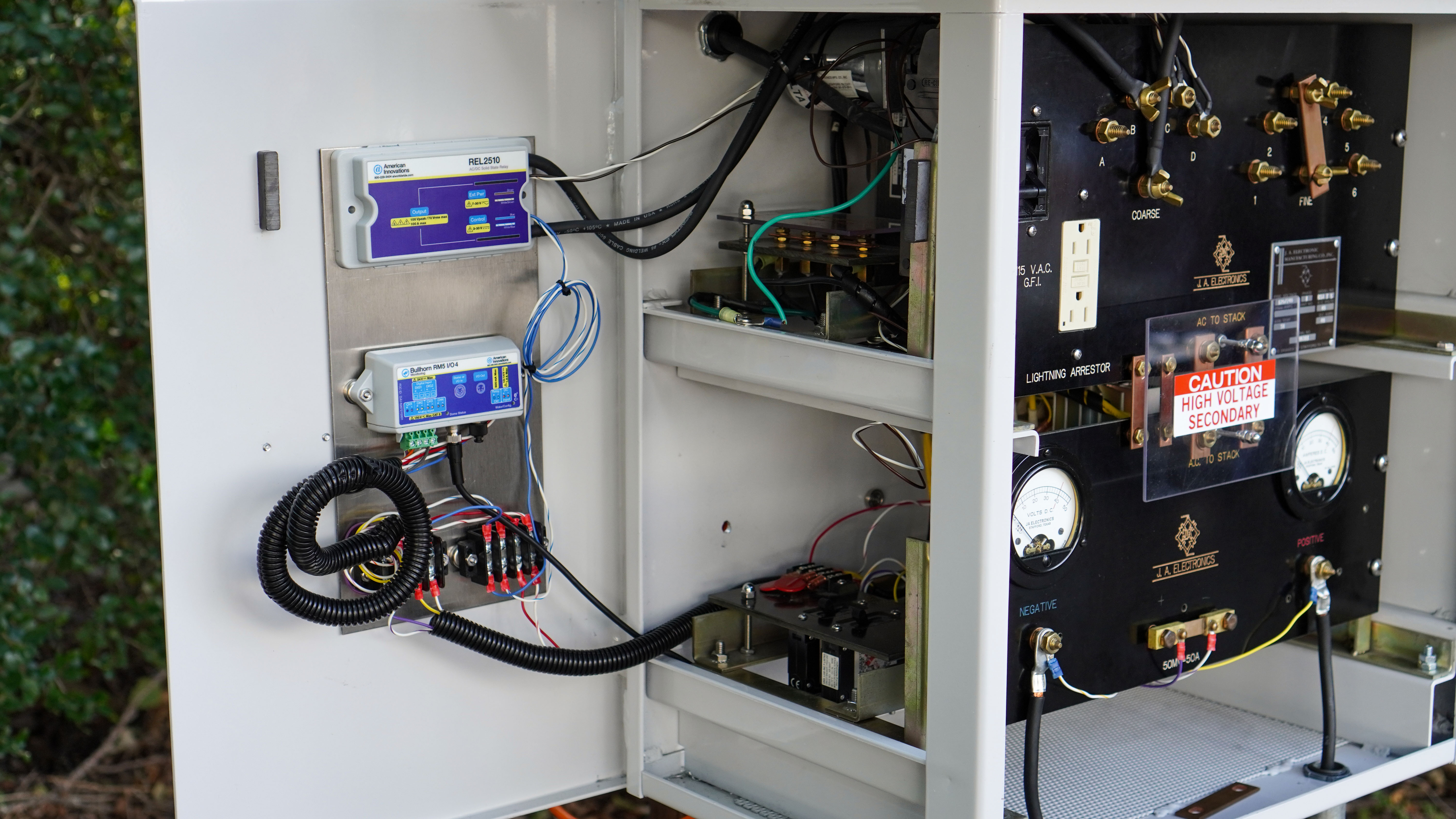On September 9, 2010, a 30-inch diameter natural gas transmission pipeline in San Bruno, California, USA, ruptured and released vast quantities of natural gas. The escaping gas ignited and initiated structure fires in the community surrounding the pipeline. As a result, the Pipeline and Hazardous Materials Safety Administration (PHMSA) has enacted a set of regulations known as the Mega failures.
The final rule in this trilogy—Pipeline Safety: Safety of Gas Transmission Pipelines: Repair Criteria, Integrity Management Improvements, Cathodic Protection, Management of Change, and Other Related Amendments—focuses on onshore gas transmission pipelines. It clarifies integrity management regulations, and expands corrosion control requirements. It also mandates inspection after extreme weather, and updates repair criteria for both high-consequence areas (HCA) and non-HCA pipelines.
These improvements are expected to enhance the safety and reliability of the nation's pipeline infrastructure. In addition, they serve to protect the environment and public health.
Whether you’re catching up on the details or starting to research the next steps for your natural gas assets, check out our guide to complying with the PHMSA Mega Rule.
See PHMSA's Frequently Asked Questions (FAQs) on the Gas Transmission Final Rule
What is the PHMSA Mega Rule?
You’ve likely heard plenty about the PHMSA Gas Transmission Final Rule, aka the Mega Rule, over the past decade. As new regulations roll out, it’s key to assess impact on your operations and steps needed to comply.
The PHMSA Mega Rule is a major regulatory overhaul of the natural gas pipeline industry, implemented in three parts over the past decade. Operators must understand the impact of these changes on their operations and take necessary steps to comply with the new regulations. As its name suggests, the Mega Rule is a comprehensive and sweeping set of regulations that has been compared in scope to the introduction of 49-CFR 192.
- Part One of the Mega Rule went into effect in 2020. It focuses on material verification, assessment expansion, and record-keeping requirements.
- Part Two, which will take effect on May 24, 2023, addresses integrity management, corrosion control, and inspection requirements.
- Part Three expands PHMSA's jurisdiction over onshore gathering lines and is set to take effect on May 16, 2023.
With its wide-ranging provisions and potential impact on the industry, the PHMSA Mega Rule is a significant development that requires careful attention from all stakeholders.
PHMSA Mega Rule: A Brief History
The PHMSA Mega Rule, a set of regulations aimed at enhancing pipeline safety and reducing pipeline failures, has been implemented in three parts over the past decade. The final rule was released on August 4, 2022, and formally published on August 24, 2022. This followed extensive negotiations with various stakeholders, including industry trade groups and citizen groups.
The majority of the rule's substantive requirements will take effect on May 24, 2023. It's important for operators to understand the expansion's implications, especially since it's the most recent regulation to take effect. We'll begin with a discussion of Part Three before moving on to Part One, which went into effect in 2021. Finally, we'll look at Part Two. Part Two has yet to take effect but includes crucial changes to integrity management, corrosion control, and inspection requirements.
Mega Rule Part Three
PHMSA Mega Rule Part Three expands PHMSA’s regulatory compliance coverage. It extends their oversight to an estimated 426,000 miles of gas pipelines to the first valve off the production facility. This encompasses 90,863 miles of Type C gathering pipelines that require more stringent regulatory treatment.
Although pundits had anticipated Part Two's effectiveness in 2021 and Part Three's finalization in 2022, Part Three was published on August 24, 2022, and took effect on May 16, 2022, following new drilling technologies, surging gas production, and increased volume transported by gathering lines.
PHMSA noted “Large diameter, high-pressure gathering lines are susceptible to the same types of integrity threats as transmission pipelines, including corrosion, excavation damage, and construction defects. The exemption of these pipelines from the safety requirements of the Federal Pipeline Safety Regulations failed to consider the present risks that now exist.”
Part Three imposes a significant new reporting burden on operators. It includes new guidelines for incident tracking and reporting requirements and the classification of gathering lines. Compliance with this section of the PHMSA Mega Rule is critical for operators to ensure safety, reliability, and environmental protection.

Achieving Part Three Compliance
Compliance with PHMSA Mega Rule Part Three can be a daunting task for firms new to PHMSA regulations, and even those familiar but confronted with a greatly expanded scale for compliance. To ease this process, American Innovations offers a comprehensive approach to achieving compliance. Our team can assist in mapping your complete pipeline system. Using our CartoPac Enterprise mobile data solution, for example, ensures accurate digitization of your pipeline infrastructure.
In addition to pipeline mapping and data collection expertise, American Innovations offers hardware and software solutions to support your compliance program. We also provide mitigation and other hands-on services to ensure you are in full compliance with the new regulatory requirements.
With American Innovations as your compliance partner, you can be confident that you are taking the necessary steps to meet the requirements of Part Three of the PHMSA Mega Rule. Contact us today to learn more about how we can help your engineering firm achieve compliance with this important regulation.
For more information, contact info@aiworldwide.com.